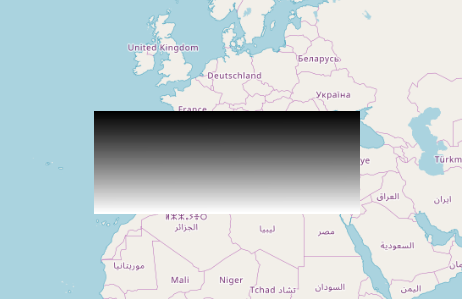I have a tif with the following projection:
'+proj=stere +lat_0=1 +lon_0=2 +k=1 +x_0=6 +y_0=7 +datum=WGS84 +units=m +no_defs'
Geoserver doesn't accept these tifs and QGIS is unable to reproject them.
How do I know if this projection is ok and what do I do to correct it if not?
I add the gdalinfo output for reference:
Driver: GTiff/GeoTIFF
Files: xxxxx.tif
Size is 2751, 826
Coordinate System is:
PROJCS["unnamed",
GEOGCS["WGS 84",
DATUM["WGS_1984",
SPHEROID["WGS 84",6378137,298.257223563,
AUTHORITY["EPSG","7030"]],
AUTHORITY["EPSG","6326"]],
PRIMEM["Greenwich",0],
UNIT["degree",0.0174532925199433],
AUTHORITY["EPSG","4326"]],
PROJECTION["Stereographic"],
PARAMETER["latitude_of_origin",1],
PARAMETER["central_meridian",2],
PARAMETER["scale_factor",1],
PARAMETER["false_easting",6],
PARAMETER["false_northing",7],
UNIT["metre",1,
AUTHORITY["EPSG","9001"]]]
Origin = (-18.500000000000000,46.500000000000000)
Pixel Size = (0.019992729916394,-0.019975786924939)
Metadata:
AREA_OR_POINT=Area
Image Structure Metadata:
COMPRESSION=LZW
INTERLEAVE=PIXEL
Corner Coordinates:
Upper Left ( -18.5000000, 46.5000000) ( 1d59'59.21"E, 1d 0' 1.29"N)
Lower Left ( -18.5000000, 30.0000000) ( 1d59'59.21"E, 1d 0' 0.75"N)
Upper Right ( 36.5000000, 46.5000000) ( 2d 0' 0.99"E, 1d 0' 1.29"N)
Lower Right ( 36.5000000, 30.0000000) ( 2d 0' 0.99"E, 1d 0' 0.75"N)
Center ( 9.0000000, 38.2500000) ( 2d 0' 0.10"E, 1d 0' 1.02"N)
Band 1 Block=2751x1 Type=Byte, ColorInterp=Red
Band 2 Block=2751x1 Type=Byte, ColorInterp=Green
Band 3 Block=2751x1 Type=Byte, ColorInterp=Blue



gdalinfoon your tif. Does QGIS load it? Is it in the right place when you have a background layer? How does it fail to reproject it?gdalinfois useful because most coordinate systems are only valid for a range of coordinate values - you can't have a latitude greater than 90 degrees for example. If your tif has corner coordinates outside the valid range for that projection then something is wrong. But I've just reprojected a raster with that projection so there's nothing wrong with it in itself.